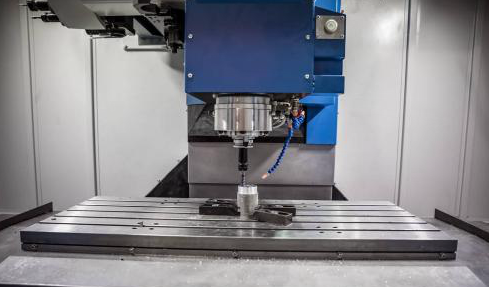CNC Milling Upcut and Downcut
During upcut milling, the forces exerted on the tool increase during the cut and cease abruptly when the cutting edge exits the workpiece. If you use this technique to cut a soft material such as wood, these forces can cause the edge of the cut to splinter. In contrast, the forces created by downcut (synchronous) milling are greatest at the moment the tool engages with the workpiece. The chips get thinner and the force exerted on the tool diminishes during the cut, thus reducing the risk of spintering. Because this technique produces no sudden dissipation of force when the tool exits the workpiece, it also produces much fewer vibrations—known
as chatter—in the tool. Cutting a slot all the way through a workpiece simultaneously involves up- and downcuts. Because the forces on the up- and downcut sides of the slot vary, the tool will tend to wander toward the weaker force and away from the target position. Generally speaking, synchronous milling is preferable to upcut milling, but only if you are sure your machine is completely free of play. If this is the case, the tool will pull the workpiece in the direction of feed. If your machine’s drive has any play at all, the workpiece can get pulled toward the tool until the feed drive re-engages. This effect produces permanently fluctu- ating feed rates and, as a result, inconsistent cuts. If this is the case, it is better to use an upcut strategy, as this produces constant pressure against the tool and there will only be play in the system for a brief moment when you change the direction of feed.
